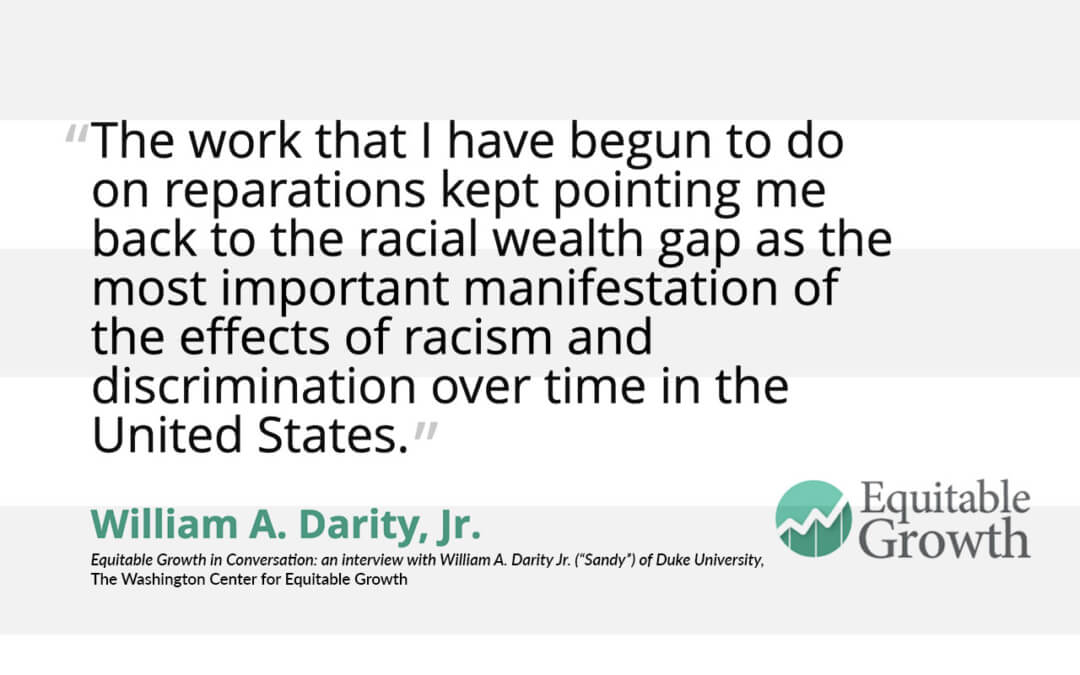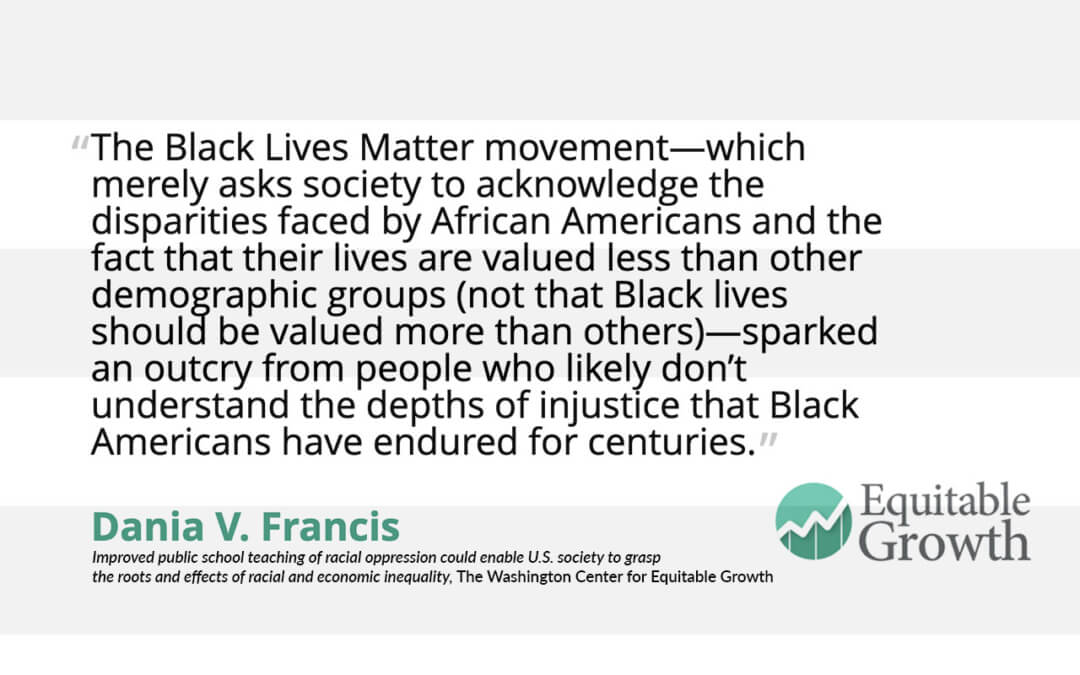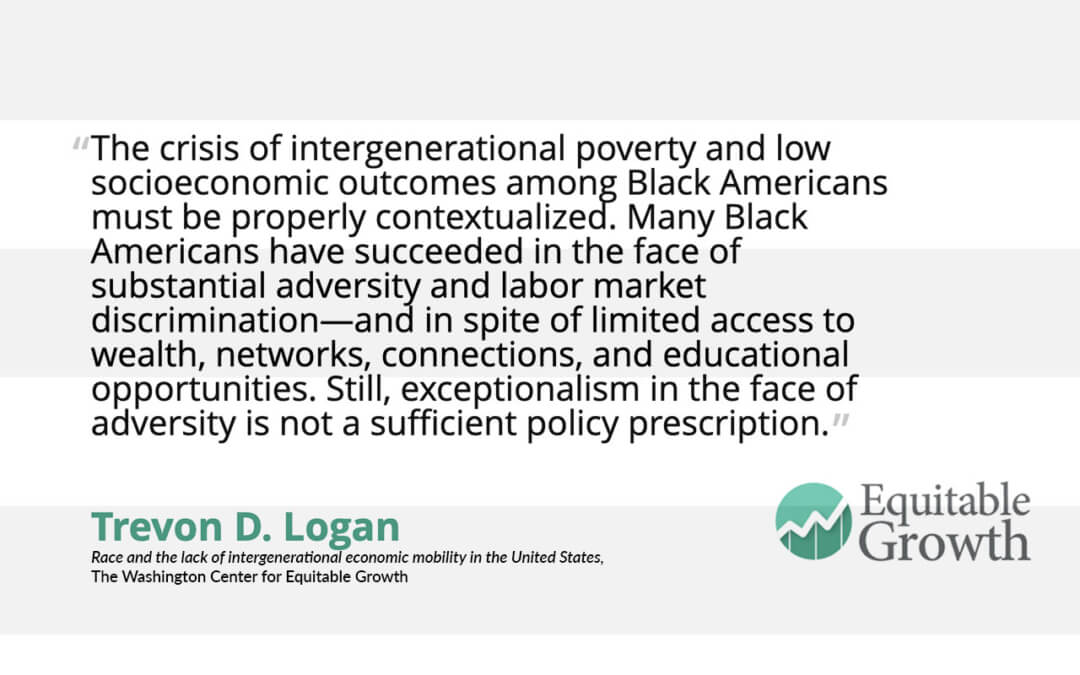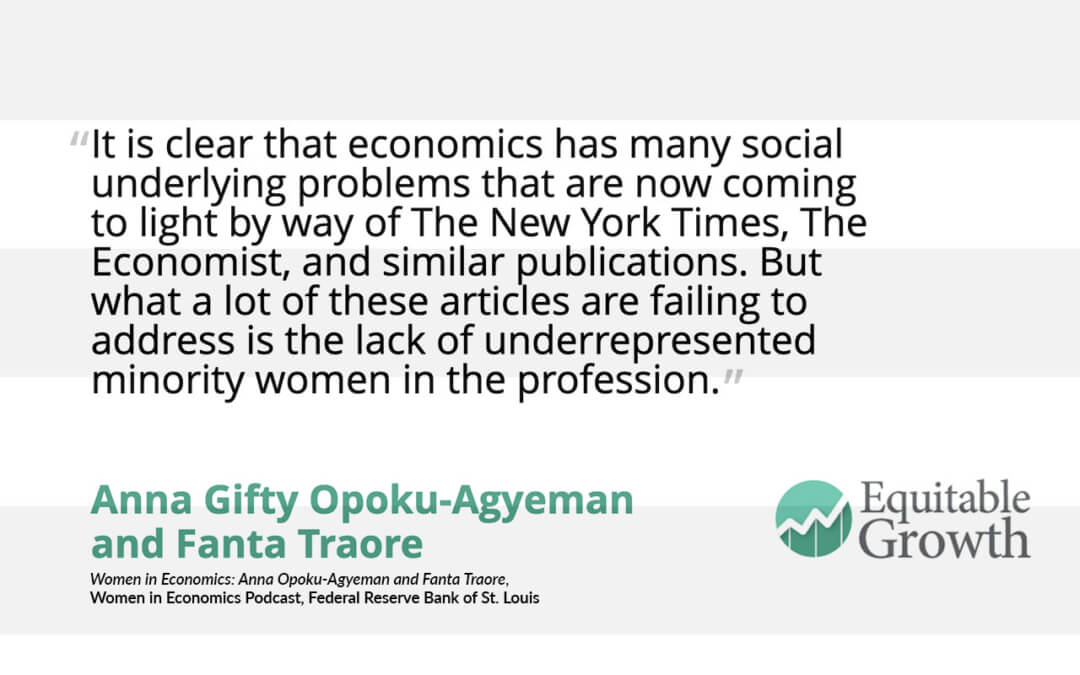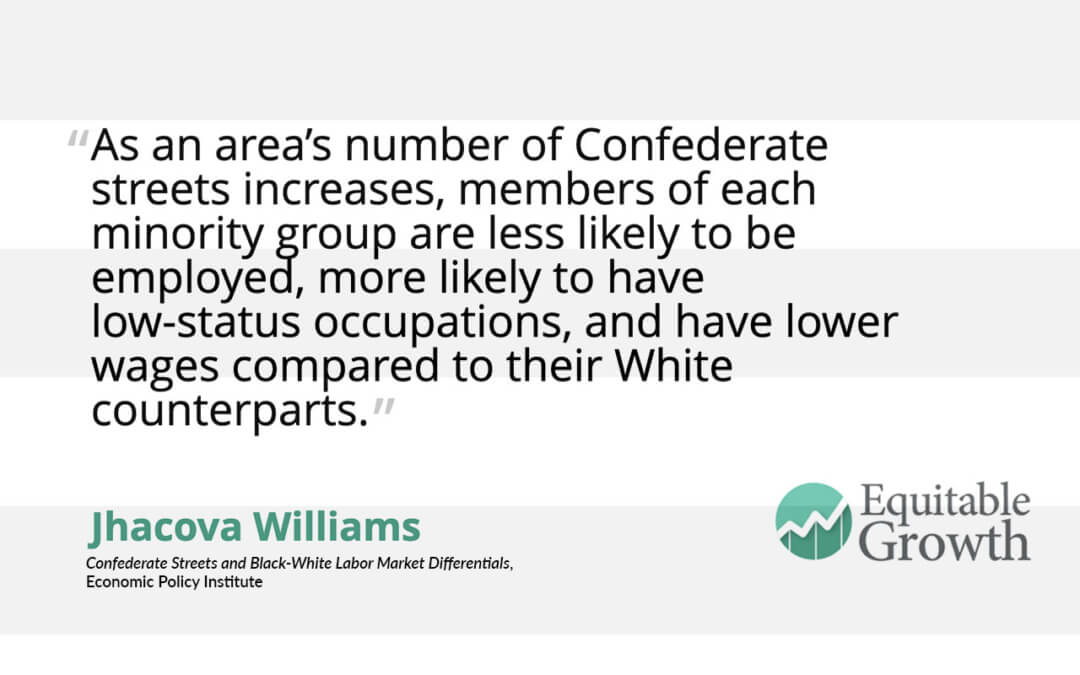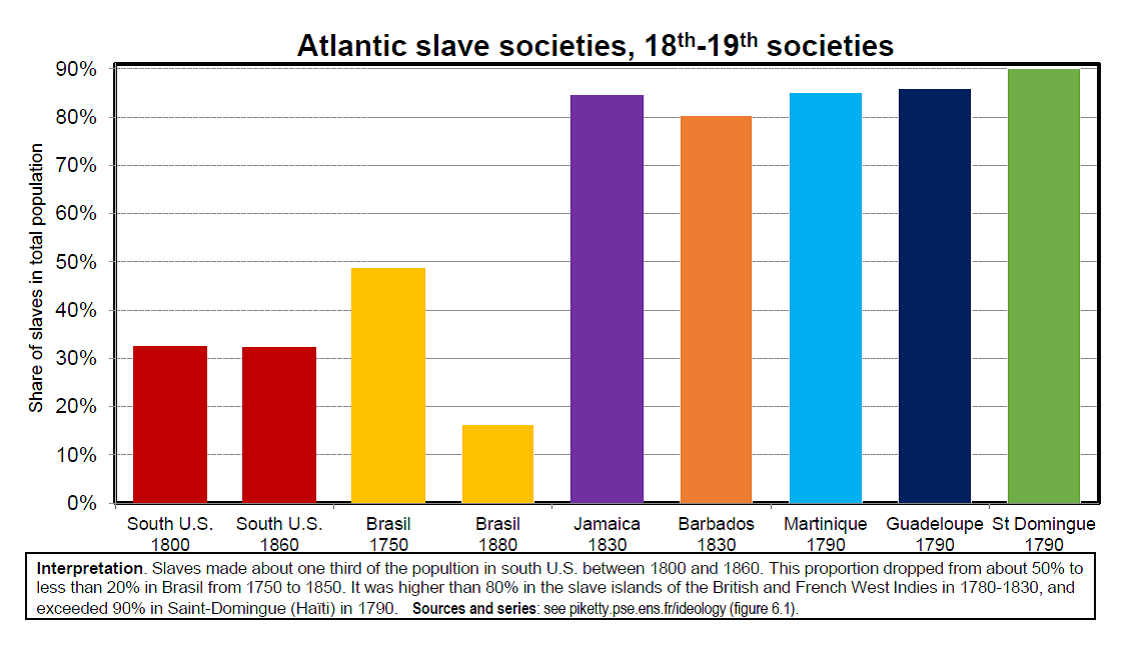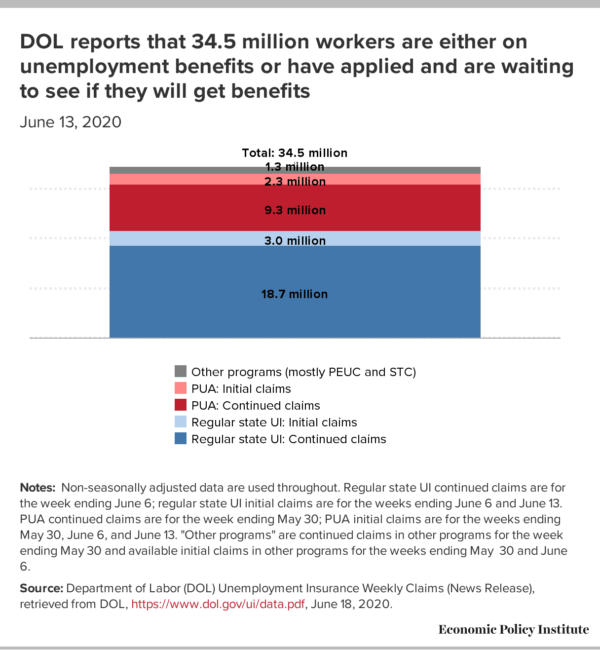https://www.epi.org/blog/thousands-of-workers-have-gone-on-strike-during-the-coronavirus-labor-law-must-be-reformed-to-strengthen-this-fundamental-right/
The coronavirus pandemic has revealed much about work in the United States: There have been countless examples of workers speaking out against unsafe work conditions and demanding personal protective equipment (PPE) to try and stay healthy and safe on the job. We also have seen that essential workers are often not paid commensurate with the critical nature of their work. Few U.S. workers have access to paid sick time or paid leave of any kind. And, when workers have advocated for health and safety protections or wage increase, they have often been retaliated against, and even fired for doing so. As a result, many workers have decided to strike in an effort to have their voices heard.
Even before the pandemic, data from the Bureau of Labor Statistics (BLS) showed an upsurge in major strike activity in 2018 and 2019, marking a 35-year high for the number of workers involved in a major work stoppage over a two-year period. Further, 2019 recorded the greatest number of work stoppages involving 20,000 or more workers since at least 1993, when the BLS started providing data that made it possible to track work stoppages by size. In fact, after decades of decline, strike activity surged in 2018, with 485,200 workers involved in major work stoppages—a nearly twenty-fold increase from 25,300 workers in 2017. The surge in strike activity continued in 2019, with 425,500 workers involved in major work stoppages. On average in 2018 and in 2019, 455,400 workers were involved in major work stoppages—the largest two-year average in 35 years.
What is the right to strike and who has it?
Most private-sector workers in the United States are guaranteed the right to strike under Section 7 of the National Labor Relations Act (NLRA). Section 7 of the Act grants workers the right "to engage in other concerted activities for the purpose of collective bargaining or other mutual aid or protection." This allows private-sector workers to engage in concerted activities such as strikes, regardless of whether the worker is in a union or covered by a collective bargaining contract. However, those in a union are better situated to engage in a long-term strike through strike funds. There is no federal law that gives public-sector workers the right to strike, but a dozen states grant public-sector workers the right to strike.
In general, there are two types of strikes: economic strikes and unfair labor practice strikes. In an economic strike, workers withhold their labor as leverage when bargaining for better pay and working conditions. While workers in economic strikes retain their status as employees and cannot be discharged, their employer has the right to permanently replace them. In an unfair labor practice strike, workers withhold their labor to protest their employer engaging in activities that they regard as a violation of labor law. Workers in an unfair labor practice strike cannot legally be discharged or permanently replaced.
However, not all strikes are protected under the law. For example, it is currently unlawful for workers to be involved in "secondary" strikes, which are strikes aimed at an employer other than the primary employer (for example, when workers from one company strike in solidarity with another company's workers). If a strike is deemed an "intermittent strike"—when workers strike on-and-off over a period of time—it is not protected as a lawful strike by the NLRA. In general, a strike is also unlawful if the collective bargaining agreement between a union and the employer is in effect and has a "no-strike, no-lockout" clause.
What data do we have on strikes?
Unfortunately, there are major data limitations around strikes. As a result, it is impossible to know the full extent of strike activity throughout the U.S. The main government source for strike data is the Bureau of Labor Statistics (BLS) data on major work stoppages. However, BLS data only include information on work stoppages involving 1,000 or more workers that last at least one full shift. Unfortunately, comprehensive data on work stoppages that involve fewer than 1,000 workers, or that last less than one full shift, are not readily available from BLS or other sources.
The BLS's monthly data on work stoppages do not capture any strikes directly related to the coronavirus pandemic. However, it is evident essential workers are going on strike as seen in the recent walkouts organized by Amazon, Instacart, and Target workers as well as the dozens of strikes organized by fast food and delivery workers. Consequently, there is a large gap in knowledge about the true extent of strikes that occur during the coronavirus pandemic and beyond.
Based on the very limited data available, the resurgence of strike activity in recent years has given over a million workers an active role in demanding improvements in their pay and working conditions. Essential workers during the coronavirus pandemic are continuing this trend by demanding better pay and safer working conditions from their employers. However, without comprehensive data, it's impossible to understand the scope of how many workers are utilizing their fundamental right to strike. This knowledge gap makes it difficult for policymakers to adequately address the needs for workers in the United States, and the Bureau of Labor Statistics should be provided funding to gather comprehensive data on worker strikes. But even with the limited knowledge we have, it's evident that strikes are an effective tool to improve the pay and working conditions of working people. Therefore, strengthening the right to strike for workers needs to be at the heart of labor law reform going forward.
-- via my feedly newsfeed
